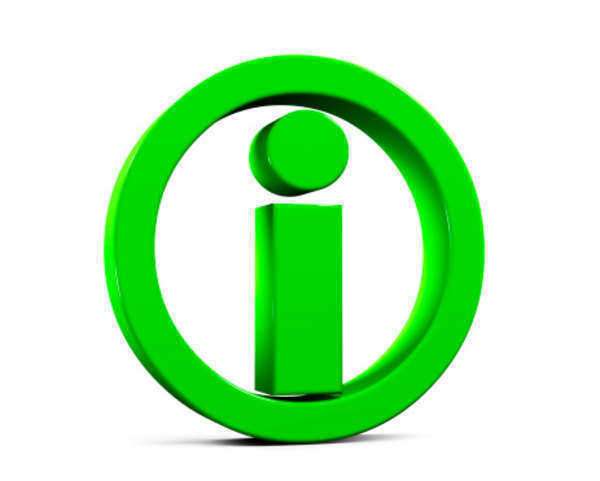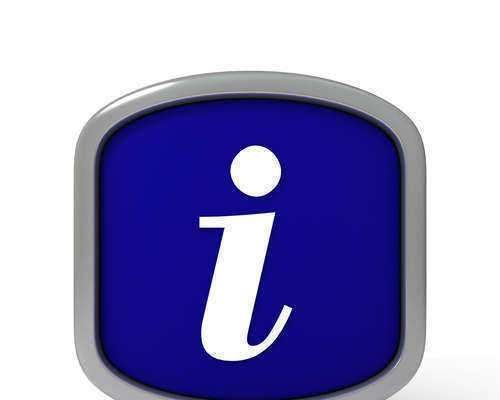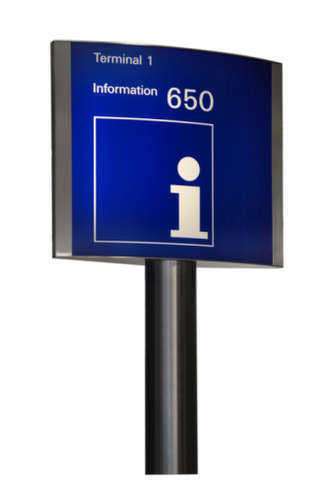Basic Information 401 Plans You Need to Know

A 401(k) plan is an account created for the purposes of saving money for retirement. Many employers offer their employees a 401(k) plan as a part of a benefits package. The Tax Reform Act of 1978 was drafted as an amendment to the Internal Revenue Code by Congress allowing for this type of retirement plan. The section that amended the Internal Revenue Code to allow people to save for retirement is Section 401, paragraph (k) – hence the name.
A 401(k) plan allows a percentage of an employee’s wages to be placed in to an account which is managed by an employer. This percentage paid to the 401(k) account is known as a contribution. Some employers have 401(k) matching plans in which the employer will match each contribution made to a 401(k) plan from the employee’s wages. This is done either through a deposit of funds or through profit sharing. Many employers offer 401(k) plans because of their inexpensive cost to create and maintain.
This also allows for the employee to take a certain level of control over planning their retirement as opposed to the employer creating a The funds deposited in 401(k) plans are invested by a third party into either mutual funds, bonds, or money market accounts to name a few options. The decision on how the funds are invested is made by the employee.
Each type of investment has its own risks and potential returns for the money invested. The money saved for retirement depends on how the economy fluctuates and the amount of money placed in the 401(k) plan. If an employer should file for bankruptcy, the 401(k) plan is protected under the 401(k) plans and the income of an employee are affected by taxes imposed by the Internal Revenue Service (IRS) like the federal income tax.
Contributions that are made to 401(k) plans on a pre-tax basis are not subject to income taxes for that amount. For example, if an employee earns $60,000 annually and they place $5,000 into the 401(k) plan for retirement, the IRS will only impose the income tax on the remaining $55,000 earned for that year. However, other taxes and tax deductions can affect an employee’s income.
While an employee makes contributions to their 401(k) plan on either a biweekly or monthly basis, there are limits to how much a person can contribute in a year. This is known as the 401(k) limit and relates to pre-tax contributions made. For 2009 and 2010, the 401(k) limit is $16,500.
If an employee should make contributions that exceed the maximum limit, those funds must be withdrawn prior to April 15th – the date that tax returns must be submitted by. Employers who match funds deposited into 401(k) plans are also limited under Section 415 of the Internal Revenue Code. This restriction is known as the 415 limit and is announced annually by the IRS.




















